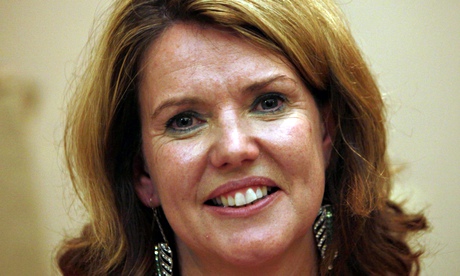
Jane Austen presents the same pickle to biographers as Shakespeare: there is considerably more interest than information about the lives behind the work. In Austen's case, the problem is compounded by most biographies taking their lead from the first, written by her nephew in a hagiographical style that suppresses the subject's worldliness and mordant wit. Of Austen's own record, in the thousands of letters she sent during her 41 years, only a small fraction survives.
Hence Paula Byrne adopts an innovative approach: to examine Austen's life and work through 18 objects connected to her. By eschewing a conventional timeline, Byrne doesn't need to pretend that there's much narrative excitement in the months or years an author spends sequestered scribbling novels. Where Austen's life is undocumented, Byrne illuminates the things, places, circumstances, people surrounding her.
Byrne is anxious to demonstrate that Austen was no sheltered country mouse, in fact being well travelled and cosmopolitan, as well as businesslike: determined from childhood to become a published author, she had no choice but to tussle with the dirty business of publishing, managing the rare trick for a Georgian female writer of making money from her novels.
Nor was Austen a sad little spinster: she gathered many admirers and enjoyed several flirtations, even one engagement, which after a day she broke off for Lizzy Bennet-approved reasons – though her fiancé could offer wealth and status, she didn't love him. Her single status was an active choice, although she did somewhat fear relationships, for relationships led to procreation and procreation at the time was quite likely to lead to death in childbirth. Austen's childlessness, however, has been used to overwrite her great affinity with children: though disciplinarian, she was a popular aunt among her myriad nieces and nephews, often playing a pseudo-parental role. In her large and loving family Austen's intellect and art flowered, as did her mischief: she mucked around with the marriage register in her reverend father's church, posting banns for numerous fake partnerships.
Byrne's angles on the Austen artefacts are often unexpected. Topaz crosses, gifts to Jane and her sister, Cassandra, from their seafaring brother, spur an account of homosexuality in the navy, then punishable by death. An oil painting of two girls begets a discussion of race; cushions, class and wealth. This may not be a canonical biography of Austen, but like Austen herself it is vivacious, surprising and rarely dull.

